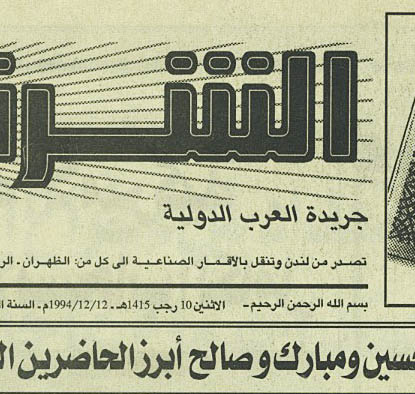#223 Underlines too close to text in Arabic
It must be possible to position under- and overlines further away from the baseline than for Latin text, because ascenders and descenders are longer in many Arabic script fonts. It is common for underlines in Arabic text to be low enough to avoid crossing the ink of descenders in the content, however there are also examples of printed text where ink is skipped – however the underline is still usually further from the baseline than, for example, Latin text. See the discussion in this issue. The main requirement that seems clear at the moment is that there needs to be a way of adjusting the positioning of the underline to move it further away from the baseline than is currently possible on the Web.
Specs:
For underlines, the CSS Text Decoration spec describes 2 properties that can help with this.
text-underline-position:under is described in Level 3 (CR). This value positions the underline under the element’s text content so that it usually does not cross the descenders. However, a note in the spec says that it does not guarantee that the underline will not conflict with glyphs, as some fonts have descenders or diacritics that extend below the font’s descent metrics.
text-underline-position:from-font is described in Level 4 (WD). Uses font metrics to position the underline, if available, otherwise reverts to auto.
text-underline-offset is described in Level 4 (WD) and allows you to specify the distance from the text-underline-position as auto, as a fixed distance, or as a percentage of of 1em. This can be effective in positioning the underline appropriately, but has to be paired with the font you are using (to make appropriate adjustments) .
Tests & results:
See tests.
Currently text-underline-offset is not supported by Webkit, but is supported by Gecko and Blink.
text-underline-position:under often but not always produces sufficient clearance, depending on the font, with Gecko and Webkit. The position is lower with Blink than for the auto setting, but cuts through text in all fonts.
text-underline-position:from-font fails to clear the text for Gecko, Webkit, and Blink .
Browser bug reports:
See the Chromium bug for text-underline-offset.






